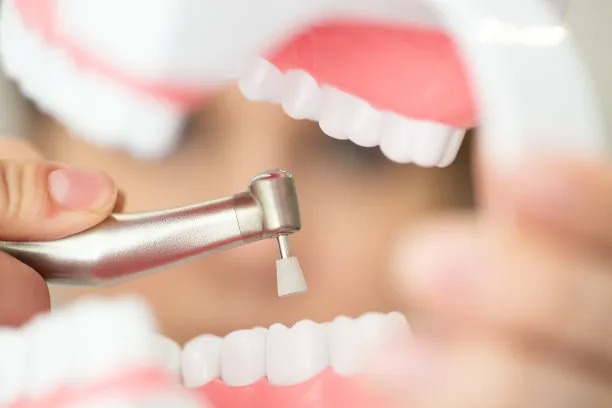The Essential Guide to Extracting a Tooth Safely and Painlessly at Home or with a Dentist
Summary: Tooth extraction can be a daunting experience, whether conducted at home or by a dentist. This essential guide provides comprehensive insights into safely and painlessly extracting a tooth, outlining critical factors to consider. From assessing the need for extraction to preparation, the extraction process itself, and post-extraction care, we explore each aspect in detail. This guide aims to empower readers with knowledge, enabling informed decisions regarding tooth extraction while emphasizing safety and comfort throughout the process. Understanding the differences between home extraction and professional dental intervention is crucial for any patient facing this common dental issue.
1. Assessing the Need for Tooth Extraction

The first step in the tooth extraction process is determining whether extraction is necessary. Common reasons include severe tooth decay, gum disease, overcrowding, or trauma. Understanding the symptoms is vital; persistent pain, bleeding gums, or swelling can indicate that a tooth should be removed. Consulting a dental professional is recommended to get a proper diagnosis and to explore alternative treatments if possible.
Self-assessment can help in identifying problematic teeth. Look for signs like sensitivity to temperature, persistent discomfort when biting, or visible signs of infection. However, self-diagnosing can lead to inaccuracies. Therefore, a visit to a dentist is always advisable before making any decisions regarding extraction.
In scenarios where extraction is deemed necessary, understanding the type of tooth involved—whether it’s a wisdom tooth or an incisor—can influence the extraction method. Each tooth type presents unique challenges, and knowing these can help set expectations for the extraction process.
2. Preparation for Tooth Extraction
Preparation for tooth extraction involves several factors, starting with a comprehensive consultation with your dentist. They will evaluate your health history and any underlying conditions that may complicate the procedure. Informing the dentist about medications you are taking is crucial, as some may pose risks during extraction.
For those considering a home extraction, proper preparation is even more critical. Ensuring that all necessary tools—including dental forceps, antiseptic solutions, and gauze—are available and sterile is paramount. Furthermore, creating a safe and clean environment can minimize the risk of infection and complications.
Additionally, pain management strategies should be considered. Over-the-counter pain relievers may be taken before the procedure to reduce discomfort. Understanding the local anesthetic options available for dental chair procedures can also ease any anxiety regarding pain during extraction.
3. The Tooth Extraction Process
The actual tooth extraction process differs significantly between home and professional settings. For those at home, it is vital to remain calm and use precise, gentle techniques to minimize discomfort. First, gently rocking the tooth back and forth can help loosen it from the socket. But if significant resistance is met, its crucial to stop and seek professional help.
Professional extractions typically involve administering a local anesthetic to numb the area, ensuring the patient experiences minimal discomfort. The dentist will use specialized instruments to gradually remove the tooth, which may vary based on the tooths condition and position. The entire procedure can be completed quickly, usually within 30 minutes for uncomplicated extractions.
Whether at home or at a dentists office, proper communication is key. If you are anxious or in pain, express this to your dentist. They can adjust their approach or introduce additional measures to ensure a more comfortable experience during the extraction process.
4. Post-Extraction Care for Recovery
After the tooth has been removed, following the right aftercare is crucial for a smooth recovery. If extraction is performed at home, biting down on a piece of gauze for at least 30 minutes can help to control bleeding. Keeping the head elevated and resting is essential, as it can significantly aid in reducing swelling and promoting faster healing.
Post-procedure pain management is equally important. Over-the-counter painkillers can alleviate discomfort, and ice packs applied to the cheek can effectively reduce swelling. It’s essential to avoid certain foods that could interfere with the healing process, such as hard or crunchy items that may disturb the extraction site.
When the extraction is performed by a dentist, they will typically provide a set of post-operative instructions tailored to your specific situation. Following these guidelines closely helps minimize complications such as infections or prolonged bleeding and promotes a swift return to normal activities.
Summary:
Tooth extraction is sometimes necessary due to dental issues, but it should be approached with caution and care, whether at home or through professional services. Assessing the situation, preparing adequately, understanding the procedure, and committing to proper aftercare are essential steps for a successful tooth extraction experience. Empowering yourself with knowledge and maintaining open communication with healthcare professionals can make the process safer and more comfortable.
This article is compiled by Vickong Dental and the content is for reference only


